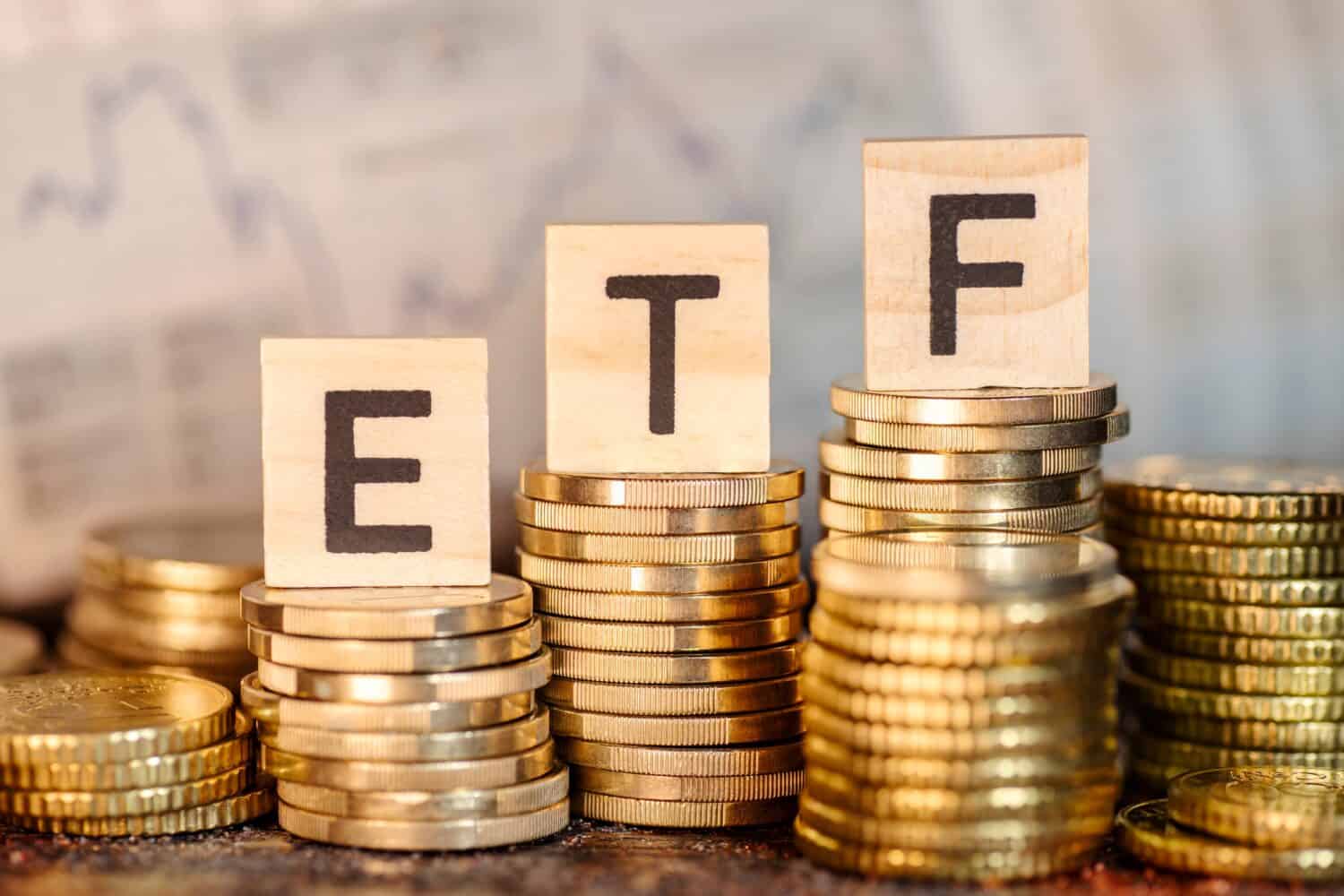3 Reasons Why Bitcoin Looks Like a Buy After Its Recent 25% Dip
November 28, 2025

As the world’s largest cryptocurrency, Bitcoin (CRYPTO:BTC) matters a great deal to investors looking to amplify their upside in a market that’s been pretty consistently driven by risk assets during this bull market rally we’ve benefited from.
And despite some in the crypto sector who may be holding onto the long-told thesis that Bitcoin resembles “digital gold” and holds some sort of store of value argument, I’d say that thesis really has been blown in recent years. If anything, Bitcoin’s correlation to other higher-risk equities is sky-high. This is a digital asset I’ve heard others call a mega-cap tech stock on steroids, providing essentially a much higher beta option for those looking to bet on continued positive sentiment within the riskiest grouping of assets in the market.
And while I have the view that we could see some pain ahead, given the uncertainty that’s been building via various monetary, fiscal and trade policies which are unfolding now, I do think there are some other reasons why Bitcoin could be a solid buy after its recent decline.
Let’s dive in!
Resilient Network Fundamentals

Network visual
The reality is that cryptocurrencies, in a similar fashion to alternative assets such as collectibles, wine, or fine art, are valued on the basis (generally speaking) of what a given investor thinks another investor will pay for said asset at some time frame down the road. All these alternative assets have climbed in recent years. I think that’s mostly a function of the fact that asset prices have seen broad-based rises, allowing the wealthy to continue to put more and more capital into these speculative assets many view as a hedge.
Again, I don’t see Bitcoin as a market hedge, by any means. I’d put those other assets in the same category of speculative long-term growth.
But the reality is that fundamentals also play a role in shaping investors’ outlook moving forward. If we’re talking about collectibles, fine are or wines, that comes down to basically scarcity and perceived quality.
On those fronts, Bitcoin’s core usage metrics including active addresses, throughput and episodic fee pressure continue to point to positive underlying fundamentals. On the scarcity front, Bitcoin has a total supply cap of 21 million tokens (with roughly 20 million tokens currently minted). So, whatever’s out there is basically what we’re working with now.
Those thinking long-term may consider these underlying resilient network fundamentals as a key reason to buy. That thesis is a more solid one than the “digital gold” narrative I keep hearing.
Future Supply Shocks and Lengthening Cycles

Bitcoin halving visual
On that key topic of scarcity, the remaining 1 million Bitcoin which will be minted will take a significant amount of time to flow into the market. Bitcoin’s network was designed this way – accommodating miners who support this network’s proof-of-work consensus model with tokens as they validate transactions and secure the network over time.
Concerns around centralization in the world of Bitcoin mining companies has been around for a long time. That said, thus far, the network has remained resilient and not fallen prey to some of the same headwinds other projects in the proof-of-work segment of the crypto sector have.
I think Bitcoin’s 2024 halving should support this view, and encourage higher prices to form over time. If that’s the case, and miners can show some profitability via higher revenue for mined Bitcoin, this is a network whose stability won’t come into question.
Of course, there are diminishing returns with each halving (which takes place roughly every four years), and we may be nearing the point where miners will be forced to look mostly at the transaction fee revenue they receive. But I do think Bitcoin’s underlying fundamentals remain among the most robust in the crypto sector, and I don’t see this dynamic changing anytime soon.
Institutional Demand

ETF visual
Given the aforementioned reality that prices essentially need to continue to rise in order for mining Bitcoin to remain “worth it” for those companies in this space, key demand drivers for Bitcoin will continue to be important to watch.
Perhaps the most important driver of demand right now isn’t coming from retail investors piling in. I’d argue most investors are rightly focusing in on institutional demand for Bitcoin either directly, or via a number of exchange traded funds (ETFs) tracking either Bitcoin futures or spot Bitcoin.
Indeed, some of the more recent spot ETFs tracking the price of Bitcoin directly have been very impactful for investor demand. Some in the institutional money management industry don’t want to own an ETF that’s loosely tied to Bitcoin, either via futures or other treasury companies that hold this digital asset on their balance sheet. Holding Bitcoin directly, or via an ETF that holds tokens in cold storage (offline) can be the best option for asset managers looking for exposure to alternative assets.
For those who believe this dynamic will continue, institutional adoption via spot ETFs (at around 6% of Bitcoin’s market capitalization presently) could be the demand driver we’re all watching moving forward.
Search
RECENT PRESS RELEASES
Related Post




